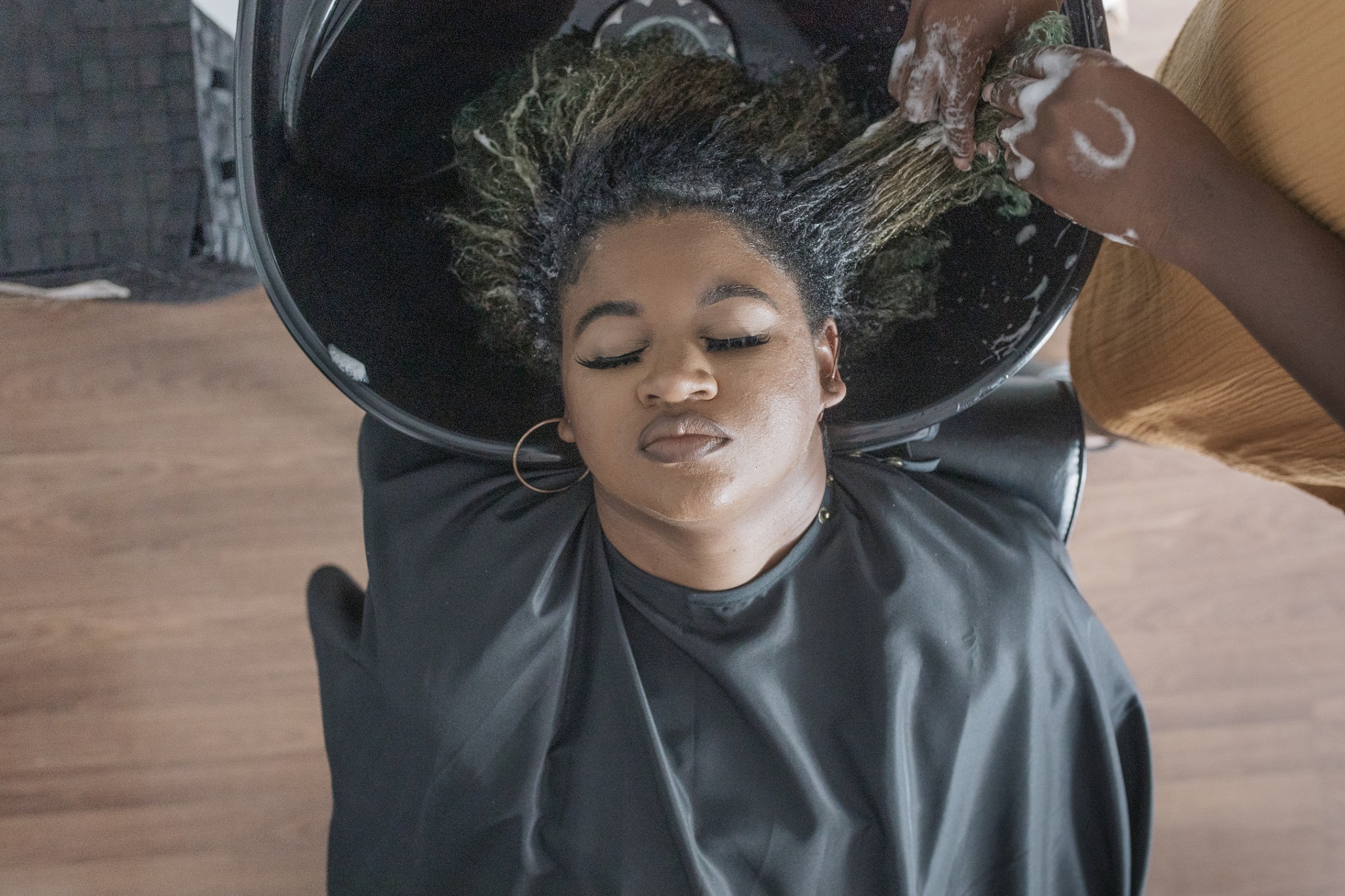Formaldehyde has been a key ingredient in hair relaxers for decades, providing the smooth and straight hair many consumers seek. However, its use has become increasingly controversial due to mounting health concerns. As Allison Stevenson, an attorney at Hill Ward Henderson, explained, formaldehyde “has been identified as a known carcinogen by the Department of Health, particularly when it comes into sustained contact with the skin and respiratory system.”
Using formaldehyde-based relaxers exposes users to a higher risk of absorbing a carcinogenic chemical, which Stevenson noted “can lead to a myriad of health problems, including respiratory and skin disorders.” Additionally, the ingredient has been linked to cancers, such as uterine cancer, though the connection remains “probable as opposed to definitive.”
CosmeticsDesign interviewed Stevenson to learn about growing concerns regarding formaldehyde in hair relaxer formulations, including the FDA’s regulatory response. She recently spoke with NPR about how the FDA has again postponed its proposed deadline to ban the use of formaldehyde as an ingredient in hair relaxers and hair straighteners on the market in the U.S. and shared her insight into how the potential upcoming ban may impact manufacturers and suppliers to the beauty industry.
FDA’s response and missed deadline
The FDA has faced growing pressure to regulate formaldehyde use in hair relaxers. According to Stevenson, “over the last ten years or so, there has been an increasingly louder call to action from the science community for the FDA to take action to outright ban this ingredient in cosmetic products.”
In response to these concerns, the FDA planned to issue a formaldehyde ban following the enactment of the Modernization of Cosmetics Regulation Act (MoCRA) in 2022, which represented the first significant update to the agency’s regulatory framework for cosmetics in nearly 100 years. However, the anticipated proposal in spring 2024 has yet to materialize.
“We don’t know when we can expect to see a proposal from the FDA,” Stevenson admitted, and she suggested that the delay could be due to MoCRA being a relatively new regulatory framework, along with recent leadership changes within the FDA.
Impact on beauty manufacturers & suppliers
The FDA’s delay in addressing formaldehyde has left cosmetics manufacturers and suppliers in limbo. “The ‘wait and see but then comply’ that is now in place forces manufacturers to maintain the market while knowing the FDA blueprint could come at any moment,” Stevenson explained.
This uncertainty can lead to wasted resources and higher costs for manufacturers, who must balance consumer demand for effective products with the need to ensure safety.
Frustration from consumer advocacy groups
Consumer advocacy groups have voiced concerns over the missed deadline, particularly concerning communities of color. Women of color, who represent the largest consumer group for hair relaxers, are disproportionately affected by the FDA’s delay in regulating formaldehyde.
“Proponents of the need for a ban are concerned that the FDA is not taking consumer health seriously,” Stevenson says. Further, she added that this concern is heightened by the fact that the delay appears to affect a product predominantly used by a specific demographic, leading to fears that the FDA is prioritizing other issues over the safety of communities of color.
Despite the frustration, Stevenson advised against assuming that the FDA is neglecting its duty to protect public health. “The FDA has been clear that it is not abandoning action on formaldehyde, and it is dealing with multiple priority issues pursuant to its legislative authority,” she explained.
Steps for manufacturers amid the delay
In the absence of a formal ban, Stevenson recommended that manufacturers and suppliers take proactive steps to ensure product safety. “Just because the FDA has not issued a ban does not mean that manufacturers can be absolved from liability for any impact that their products may cause,” she emphasized.
Therefore, conducting independent safety studies and preparing for future regulation will help manufacturers minimize disruption in the event of a ban.
“Taking steps now to ensure products are in compliance with what we expect may be an outright ban on this ingredient will posture manufacturers to have as little disruption in the marketplace as possible if and when an outright ban does go into effect,” she advised.
What’s next for the FDA and the industry
While the timeline remains uncertain, Stevenson expects that the FDA will eventually regulate formaldehyde in hair relaxers, though the extent of the regulation is still unknown. “Whether it is an outright ban, or caps the permissible quantity per unit, remains to be seen,” she said.
The FDA’s delay in formaldehyde regulation serves as a reminder for the cosmetics industry to remain prepared for future regulatory actions. “The industry would be wise to anticipate and prepare for continued regulatory action of cosmetic products,” Stevenson concluded, urging manufacturers and suppliers to conduct ongoing product safety evaluations to minimize the impact of potential future regulations.

